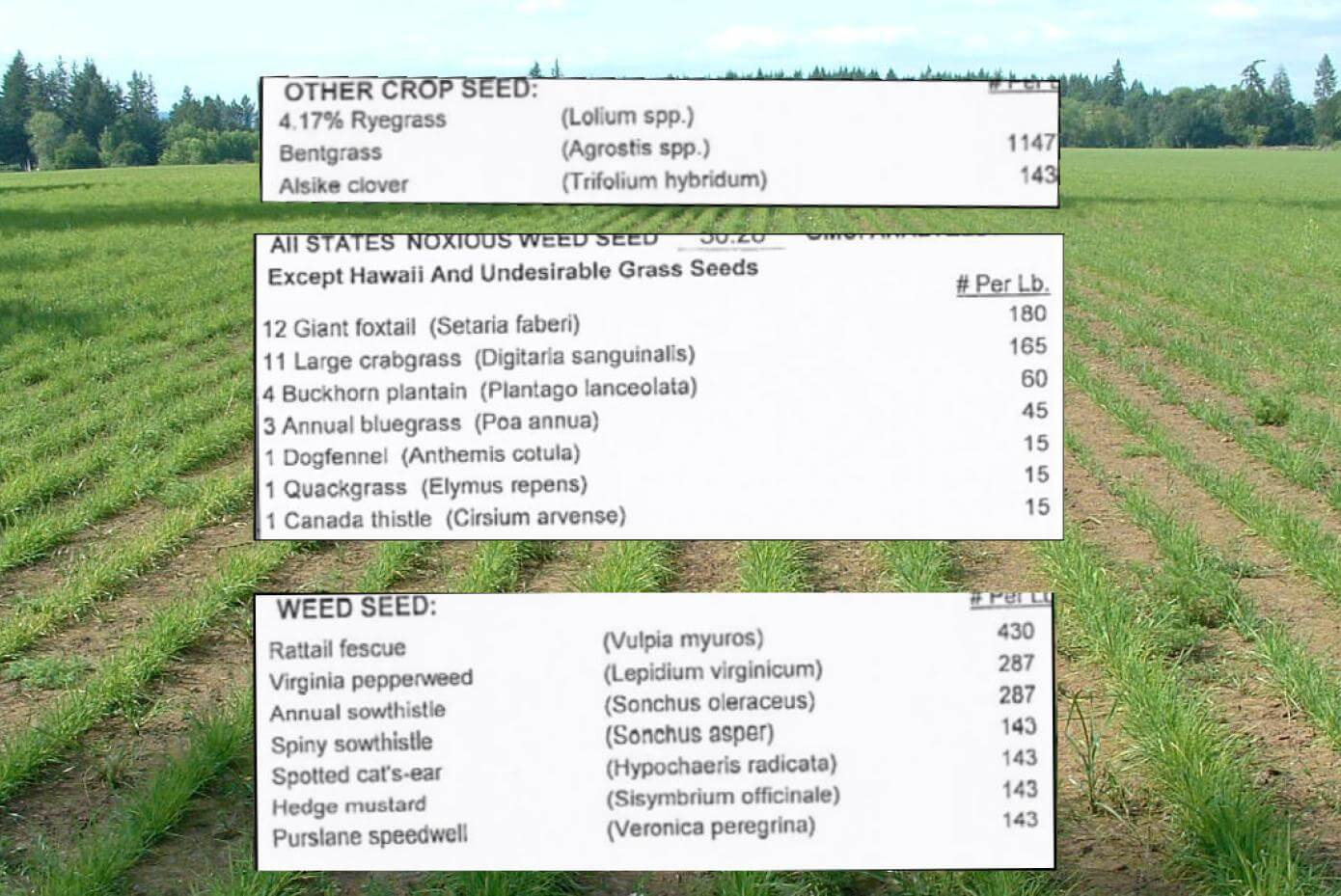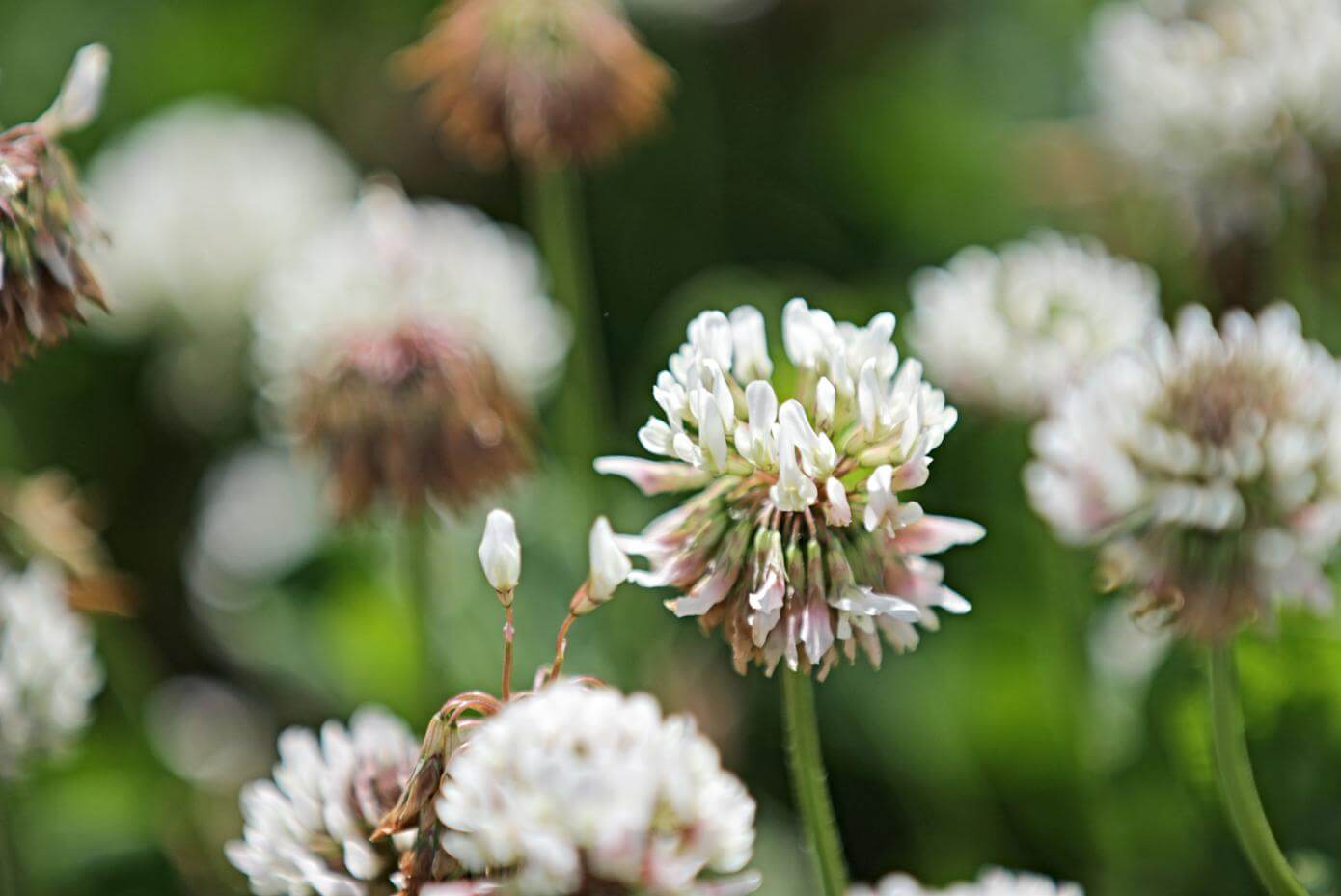Bargains Hard to Find
This is the time of year where it is common for bargain hunters to search for deals on off-grade lots of seed as well as capitalize on off-season quiet time when historically growers and seed companies may want to move some inventory at reduced margins. The best deals seem to be when there are multiple years of carryover and a prior year of new plantings. The new planting inevitably produces a certain percentage of “field-run” mixtures. This year, however, does not appear to be one of those years. With minimal new plantings in 2010, good movement of seed this past fall, high export prices, improved outlook for future usage, and almost no carryover of off-quality material, the bargains may be much more difficult to find. So if you are in the bargain hunting mode, be prepared to pay more for those bargains. Also, be ready to pull the trigger on an “in-hand” offer, because it may not be there if you delay your decision.
Crop & Weed-Free Seed Production: How Hard Can It Really Be?
While we all want to produce and sell the cleanest and best seed, a recent orchardgrass test we received illustrates the REAL challenges grass seed growers face. As shown to the right, this lot contains seven common weeds, seven noxious weeds and three other crop species. Thankfully, such a test is very uncommon, but it is a good reminder that all of those weeds and other crops are very happy to make their home in the Willamette Valley and are not particularly prejudiced as to which farmer or which crop they inhabit. It also gives us a snapshot of why some crops are becoming increasingly more difficult to grow. Finally, it sure makes us more appreciative of crop and weed free seed!

Great Reasons for Growing Clover
Reason #7 - Reduced Animal Toxicities
“Clovers can play an important role in offsetting various livestock disorders caused by forage grasses. In a recent survey in two southern states, ‘growing legumes with tall fescue’ was found to be the number one strategy used by beef cow-calf producers to cope with the endophyte of tall fescue. Grass tetany is another animal disorder reduced or eliminated by the presence of clovers in animals’ diets.”
From “Ten Great Reasons for Growing Clover” www.aces.edu/dept/forages/clover.html
